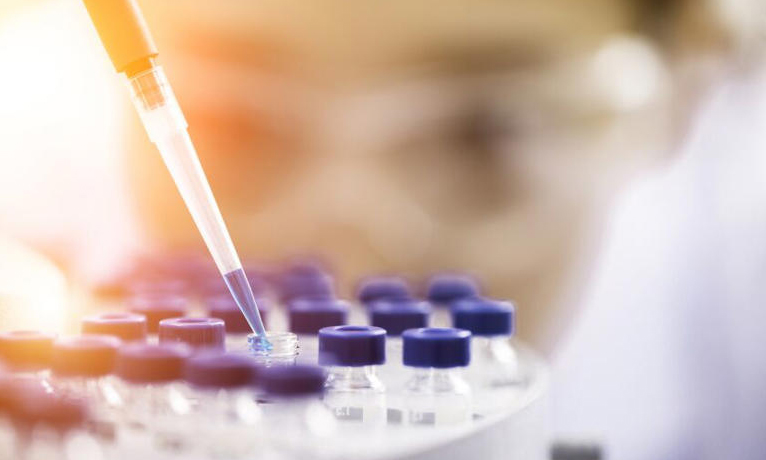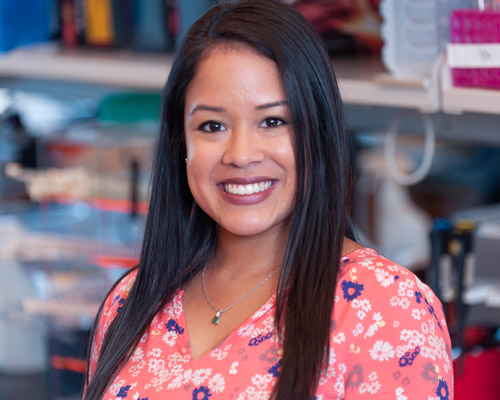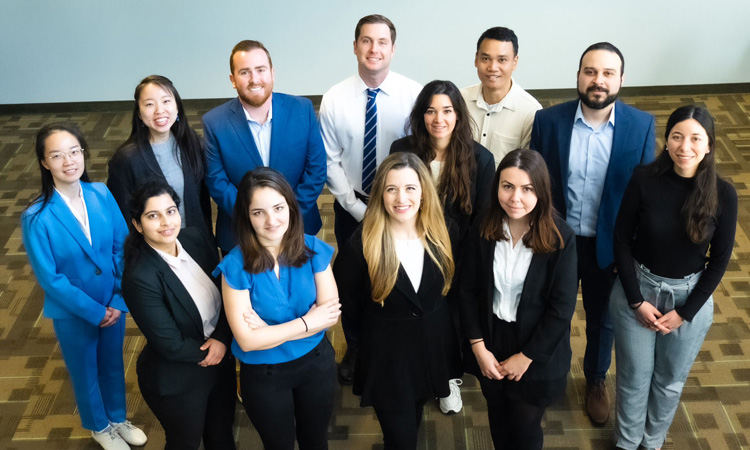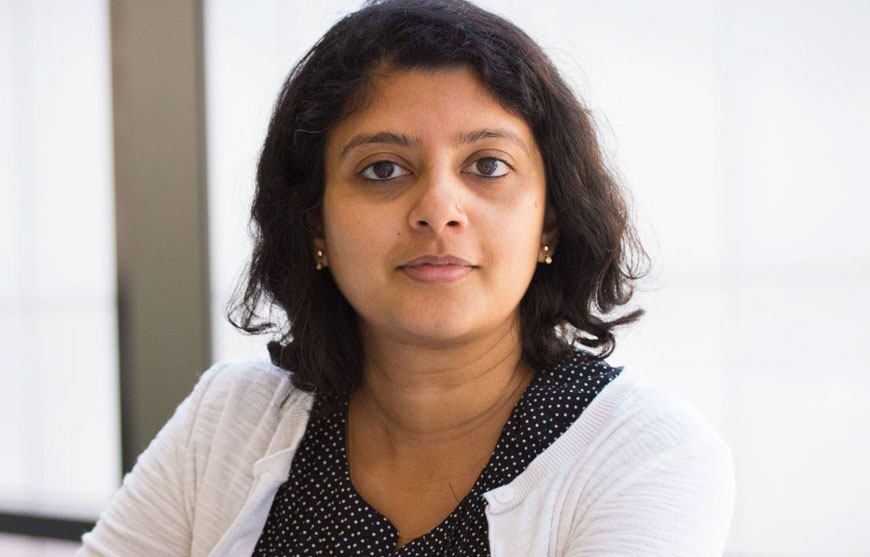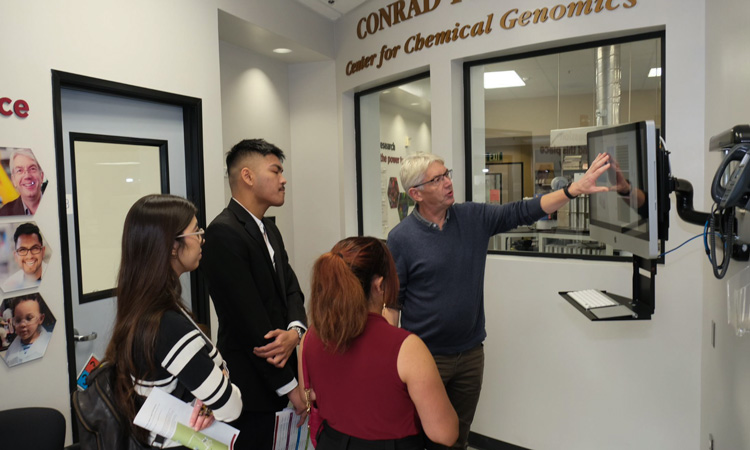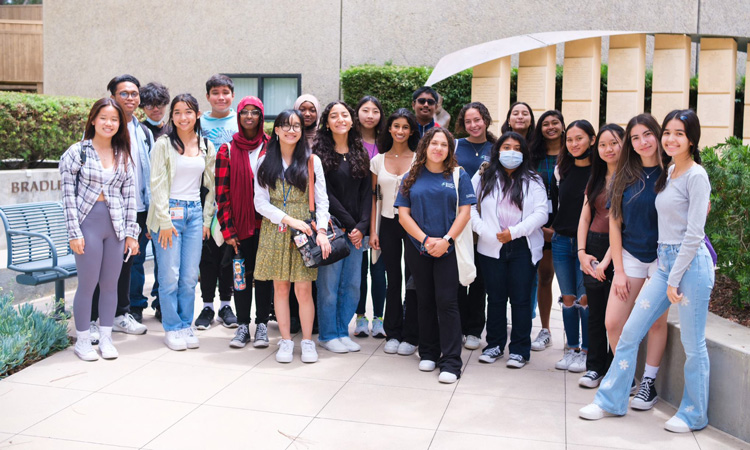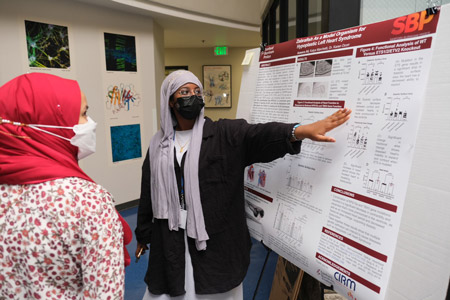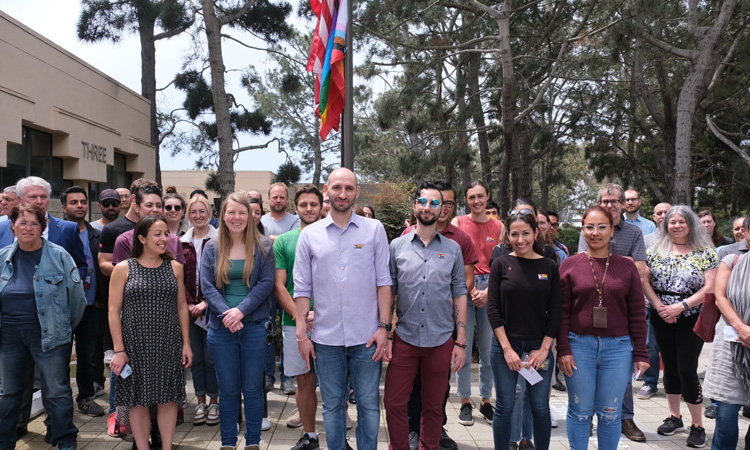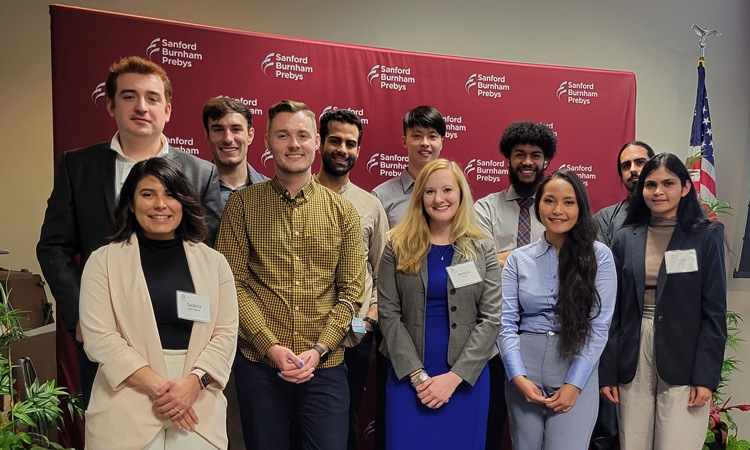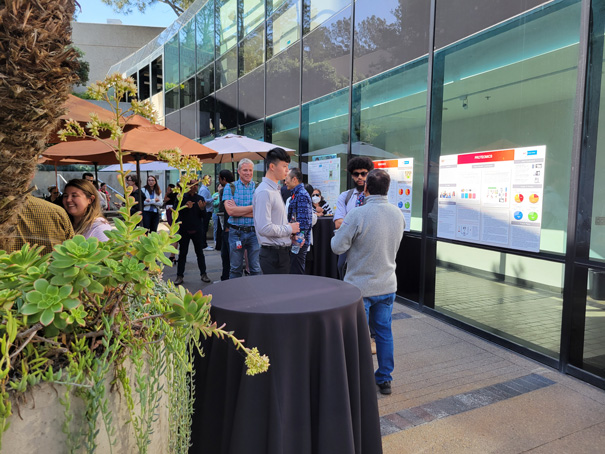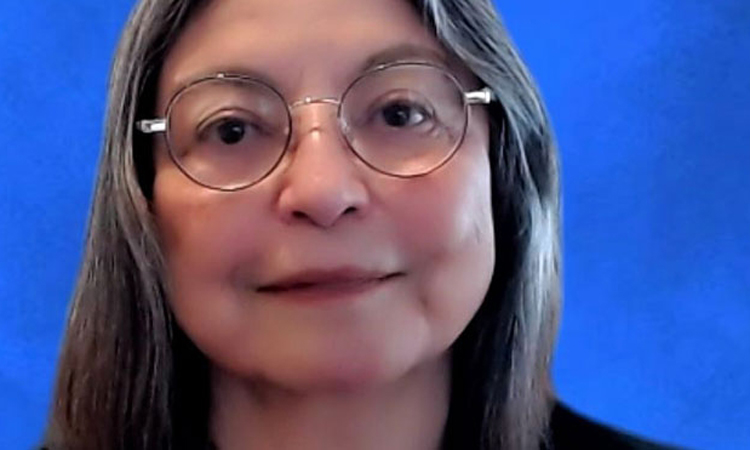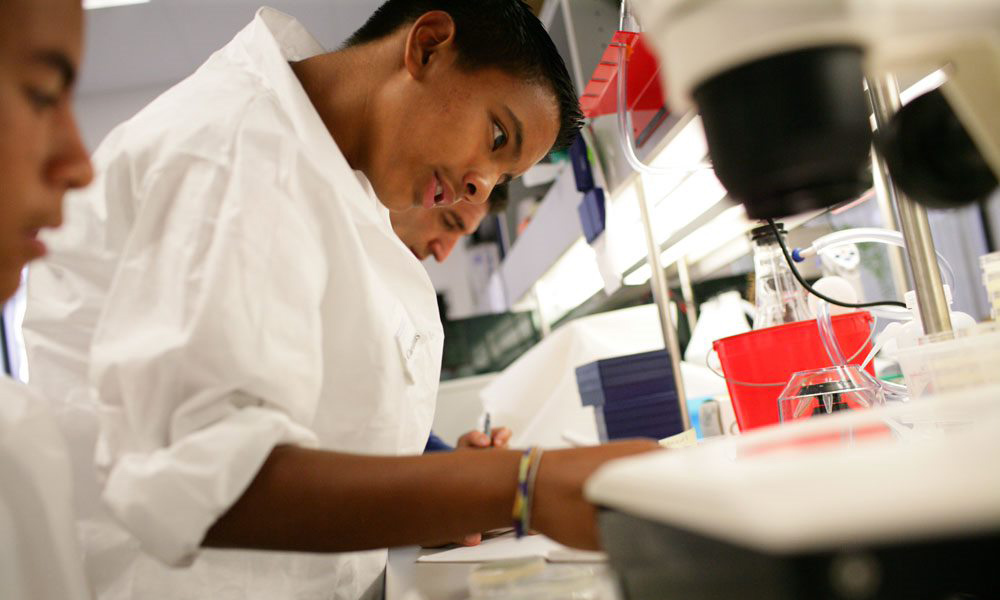America has always been an experiment, an ongoing enterprise to determine how and how well people of different races, cultures and experiences might govern and live together. It’s an experiment that extends to every aspect of our lives. We celebrate our diversity and inclusivity through the food we eat, the languages we speak and the stories we tell.
Unfortunately, universities and other research institutions in the United States often do not have stories to tell about diversity and inclusion. People of color and women who aspire to careers in academic research are frequently discouraged early on from entering the grueling pipeline (which may extend more than a decade) by the lack of opportunities, access and accommodation.
It is no accident that non-White and female scientists are significantly and consistently underrepresented in the ranks of U.S. academic faculty: approximately 30 percent are female, just 6 percent are Black or Hispanic. Despite recent social awareness and movements toward change, the composition of tenure-track or tenured underrepresented faculty of color in the U.S. increased by only 1 percentage point (11 percent to 12 percent) between 2013 and 2019.
There are fundamental reasons why well-intentioned platitudes and policies regarding science and education don’t reflect reality. Neil A. Lewis Jr., a communications professor at Cornell University, wrote in a 2022 essay in Nature Human Behavior that “What counts as ‘good science’ tends to be research approaches that prioritize the experiences of dominant groups, and not approaches developed to prioritize people placed on the margins of society.”
He added, “The topics that count are ones that fit with the ‘master narratives’ in the field, and not the ‘counter narratives’ that sometimes emerge from marginalized groups.”
Many studies have demonstrated that the more diverse a research team is, the more likely its findings are to move fields forward and create new technologies and inventions. Simultaneously, research conducted by scientists who do not belong to dominant groups is more likely to be ignored by the larger research community, resulting in the so-called “diversity-innovation paradox” that slows scientific progress.
Historically, scientific and clinical studies have addressed research and health questions primarily through the prism of White males, overlooking or ignoring potential — or even likely differences — that might be found in women or people of color. As late as 1977, for example, the Food and Drug Administration recommended excluding women of childbearing potential from phase 1 and early phase 2 drug trials.
This is changing. It’s now well-documented that males and females differ in their response to drug treatment. Likewise, among different ethnicities. Inclusion is now law, and new research points to improved representation among communities of color in most clinical trials.
The embrace of science, technology, engineering and mathematics, or STEM, in public education has become a fundamental force for long-term good. The more children of every size, shape and color who are exposed to these disciplines, the more diverse and energized future generations of scientists, engineers and health professionals will be.
However, we are still in the first steps toward making this journey more accessible to marginalized groups. There is no mainstream movement yet in this direction. The ability to break into the upper echelons of academia continues to be constrained not only by race and ethnicity, but by privilege, with first-generation students facing many more barriers than those with at least one parent with a higher education degree. Scientists who are from the LGBTQ community also face significant challenges to finding acceptance for their research and their identity in academia.
A new educational program at Sanford Burnham Prebys, an independent biomedical research institute in La Jolla, attempts to remedy this singular reality. Funded by a grant from The Conrad Prebys Foundation, the institute has welcomed a group of 13 graduate students and postdoctoral fellows from diverse backgrounds and identities, all of whom will be working in labs, gaining hands-on experience in drug discovery and translational medicine from industry-trained researchers.
They come from near and far, having previously studied at places like San Diego State University, University of San Diego, University of Barcelona and Hong Kong University of Science and Technology. Their research interests are diverse: new treatments for breast and pancreatic cancers, how DNA repairs itself, regenerating heart muscle and how the brain protects itself from Alzheimer’s disease.
The goal is to provide these young scientists with advanced research training that will better position them to not just have successful, productive careers, but also become role models and leaders in biomedical research.
The Prebys Foundation fellows, as they are called, represent a small step in the right direction. Similar efforts are needed elsewhere, everywhere, at small and large institutions, laboratories and places where the work of science gets done.
As a nation, we must be committed to planting the seeds of new generations of scientists through programs like STEM. And when they begin to mature, we must provide the water and nutrients to ensure our young scientists bear fruit for a very long time.
Alessandra Sacco, PhD, is vice dean and associate dean of student affairs in the Graduate School of Biomedical Sciences at Sanford Burnham Prebys, and co-director of the fellowship program. Michael Jackson, PhD, is senior vice president for drug discovery and development and co-director in the Conrad Prebys Center for Chemical Genomics, and co-director of the fellowship program. Svasti Haricharan, PhD, is associate director for training and education in the NCI-Designated Cancer Center at Sanford Burnham Prebys. All live in San Diego.
This story originally appeared in San Diego Union-Tribune.
